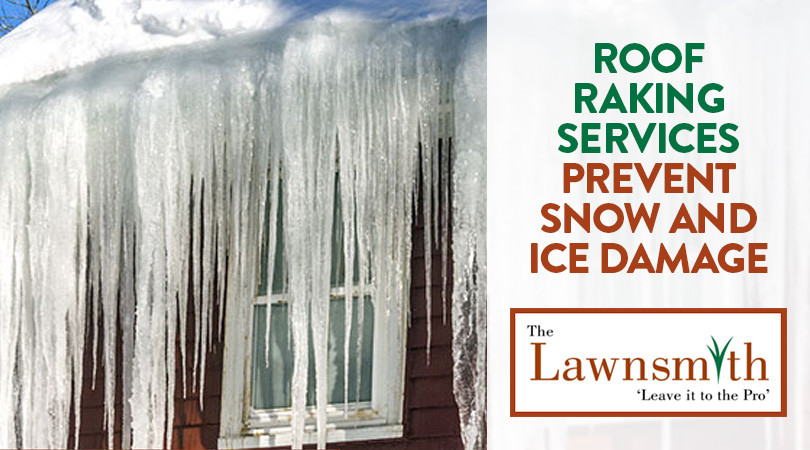Pre-Pay and Save!
.jpg?t=1458560913693)
Although winter seems endless, spring is set to arrive next month. The snow that is covering your lawn now will melt away and reveal grass that needs tender loving care in the spring, summer, and fall months ahead. One of the most important things you can do to care for your lawn is to mow it weekly. However, The Lawnsmith understands that many homeowners just don’t have the time for that type of commitment. That is why weekly lawn mowing is one of our most popular services.
Take Advantage of Our Pre-Pay Discounts
We reward our clients for taking great care of their lawns and for planning ahead with the opportunity to qualify for a pre-pay discount. Clients who pay by check by April 3 can save 5 percent off lawn mowing while those who pay by credit card can save 3 percent if paid by the same date. These discounts do not apply to hourly services. Our open spots fill up early, so don’t delay in securing your weekly lawn mowing services.
How to Set Up an Account
If you already have an account with The Lawnsmith, log in and navigate to the view/order services tab. Here you can let us know that you’re interested in weekly lawn mowing for 2016 and indicate how you will pay. New clients can click here to complete a registration form and then request services.
We appreciate the opportunity to serve you this spring and look forward to providing you with quality lawn mowing services. Please contact us with questions about the pre-pay discounts or to express interest in other services we offer.
Image credit: Stonecelli | iStock
Roof Raking Services Prevent Snow And Ice Damage

Winters in Bloomington, Minnesota and the surrounding suburbs can be hard on the roof of your home, especially when snow and ice melt and re-freeze several times. When water backs up onto the shingles on the roof, it can eventually seep into your house and cause peeling paint, sagging ceilings, and warped floors. Sometimes the ice builds up so quickly on your roof that it causes multiple ice dams. These are solid blocks of ice that build along the eaves of your home. Unattended ice dams can cause major problems, including loosening shingles and tearing gutters. Obviously, it's best to prevent these issues from developing in the first place.
Best Practices for Treating an Ice Dam
While you might assume that using a chisel, hammer, or shovel is the best way to break up ice dams on your roof, we recommend that you avoid this. Not only are these methods dangerous for you to do on your own, they could also cause permanent damage to your roof. Throwing salt on the ice dams isn't much of a solution either, since it takes too long to melt through them and the salt could damage your roof.
If water has already seeped in through the roof, place a fan in the attic and point it in the direction of where the water is getting in. The cold air freezes the water and prevents the leak from getting worse. However, a better scenario is to pull snow off the roof with a long roof rake every time there is measurable accumulation. An adjustable-length aluminum rake works best. Also, you don’t have to worry about roof damage if the rake has wheels.
If you don't have the time or the energy to complete this task yourself, keep in mind that roof raking is just one of the winter services we offer at The Lawnsmith. Whether you require one-time roof raking or want to establish a schedule, we can accommodate you. Please contact us at your convenience to request a free estimate.
Image credit: Maudib | iStock


